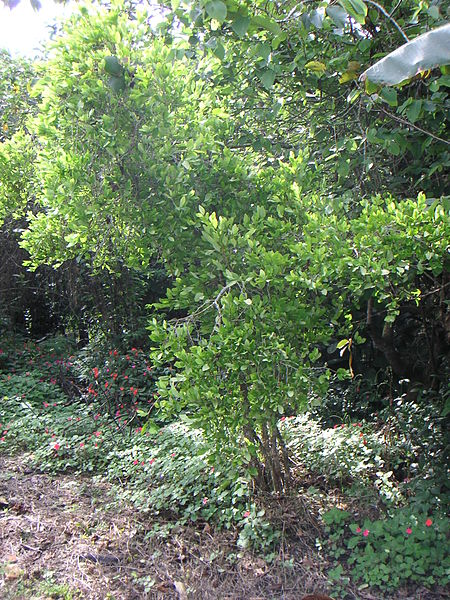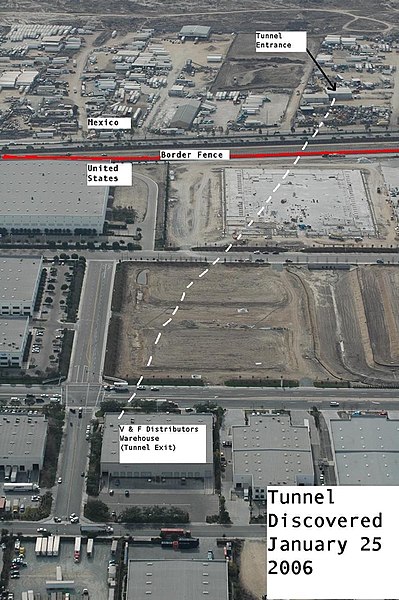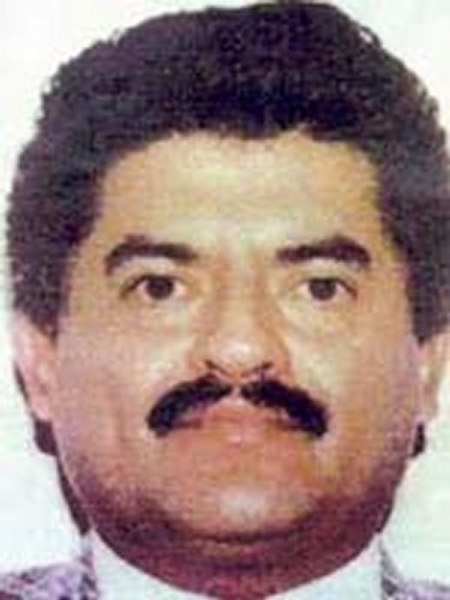Illegal drug trade in Colombia
The illegal drug trade in Colombia has, since the 1970s, centered successively on four major drug trafficking cartels: Medellín, Cali, Norte del Valle, and North Coast, as well as several bandas criminales, or BACRIMs. The trade eventually created a new social class and influenced several aspects of Colombian culture, economics, and politics.
Stacks of cocaine seized by the Colombian police.
A coca plant.
A drug cartel is a criminal organization composed of independent drug lords who collude with each other in order to improve their profits and dominate the illegal drug trade. Drug cartels form with the purpose of controlling the supply of the illegal drug trade and maintaining prices at a high level. The formations of drug cartels are common in Latin American countries. Rivalries between multiple drug cartels cause them to wage turf wars against each other.
The Mérida Initiative, a U.S. Counter-Narcotics Assistance to Mexico
Drug trafficking tunnel under the U.S.-Mexico border used by the Sinaloa Cartel
El Azul was a Mexican drug lord. He was a former Mexican secret police (DFS) agent.
Luis Hernando Gomez-Bustamante, also known as "Rasguño", arrest performed by the National Police of Colombia






